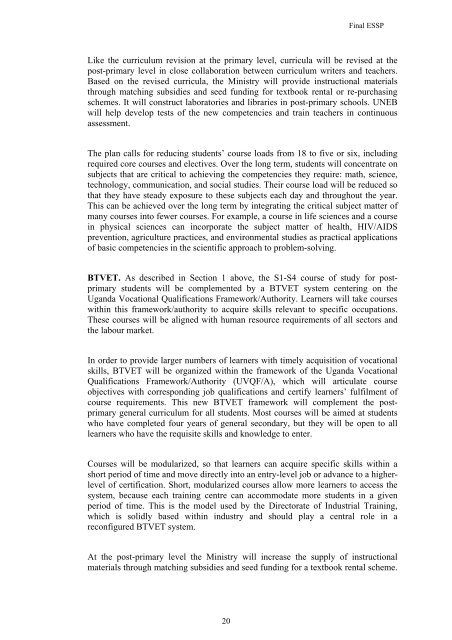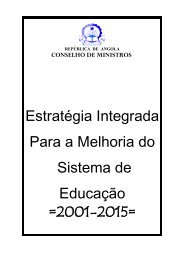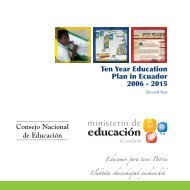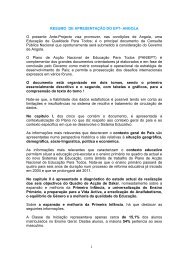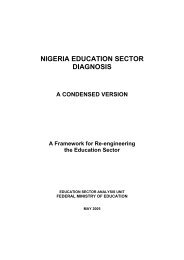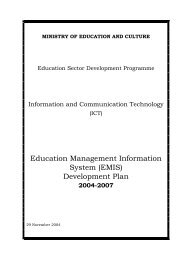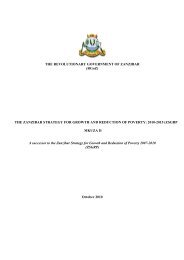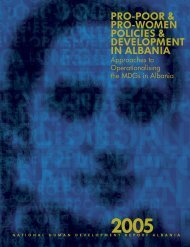Education Sector Strategic Plan 2004-2015 - Planipolis
Education Sector Strategic Plan 2004-2015 - Planipolis
Education Sector Strategic Plan 2004-2015 - Planipolis
Create successful ePaper yourself
Turn your PDF publications into a flip-book with our unique Google optimized e-Paper software.
Final ESSP<br />
Like the curriculum revision at the primary level, curricula will be revised at the<br />
post-primary level in close collaboration between curriculum writers and teachers.<br />
Based on the revised curricula, the Ministry will provide instructional materials<br />
through matching subsidies and seed funding for textbook rental or re-purchasing<br />
schemes. It will construct laboratories and libraries in post-primary schools. UNEB<br />
will help develop tests of the new competencies and train teachers in continuous<br />
assessment.<br />
The plan calls for reducing students’ course loads from 18 to five or six, including<br />
required core courses and electives. Over the long term, students will concentrate on<br />
subjects that are critical to achieving the competencies they require: math, science,<br />
technology, communication, and social studies. Their course load will be reduced so<br />
that they have steady exposure to these subjects each day and throughout the year.<br />
This can be achieved over the long term by integrating the critical subject matter of<br />
many courses into fewer courses. For example, a course in life sciences and a course<br />
in physical sciences can incorporate the subject matter of health, HIV/AIDS<br />
prevention, agriculture practices, and environmental studies as practical applications<br />
of basic competencies in the scientific approach to problem-solving.<br />
BTVET. As described in Section 1 above, the S1-S4 course of study for postprimary<br />
students will be complemented by a BTVET system centering on the<br />
Uganda Vocational Qualifications Framework/Authority. Learners will take courses<br />
within this framework/authority to acquire skills relevant to specific occupations.<br />
These courses will be aligned with human resource requirements of all sectors and<br />
the labour market.<br />
In order to provide larger numbers of learners with timely acquisition of vocational<br />
skills, BTVET will be organized within the framework of the Uganda Vocational<br />
Qualifications Framework/Authority (UVQF/A), which will articulate course<br />
objectives with corresponding job qualifications and certify learners’ fulfilment of<br />
course requirements. This new BTVET framework will complement the postprimary<br />
general curriculum for all students. Most courses will be aimed at students<br />
who have completed four years of general secondary, but they will be open to all<br />
learners who have the requisite skills and knowledge to enter.<br />
Courses will be modularized, so that learners can acquire specific skills within a<br />
short period of time and move directly into an entry-level job or advance to a higherlevel<br />
of certification. Short, modularized courses allow more learners to access the<br />
system, because each training centre can accommodate more students in a given<br />
period of time. This is the model used by the Directorate of Industrial Training,<br />
which is solidly based within industry and should play a central role in a<br />
reconfigured BTVET system.<br />
At the post-primary level the Ministry will increase the supply of instructional<br />
materials through matching subsidies and seed funding for a textbook rental scheme.<br />
20


